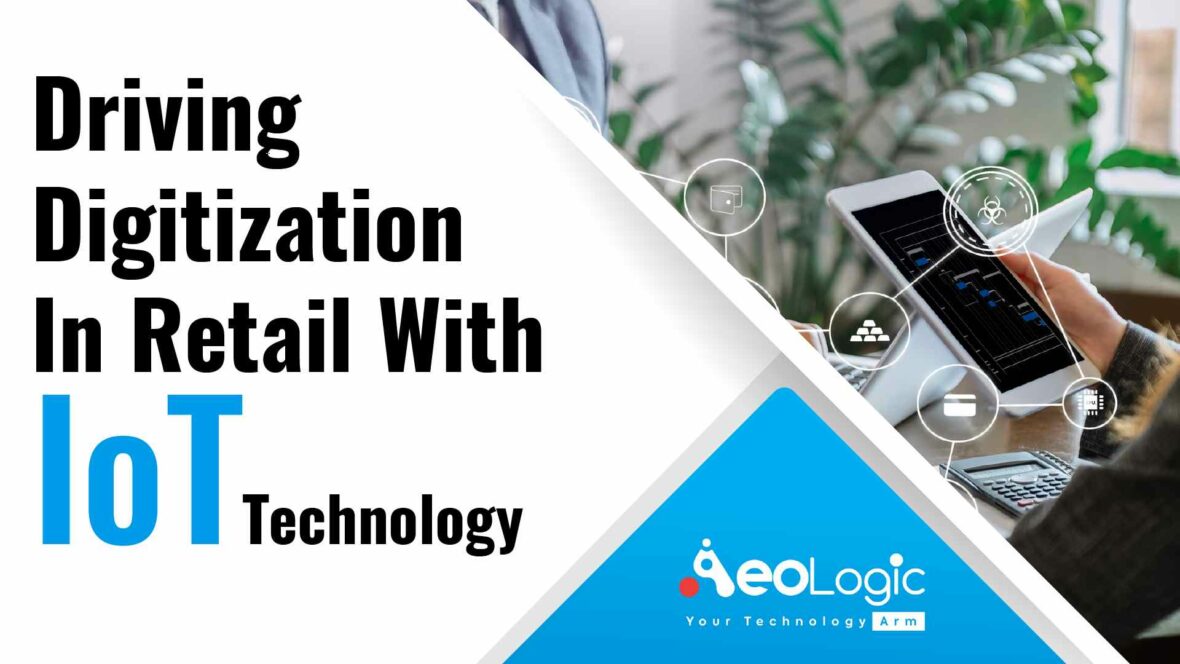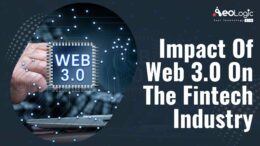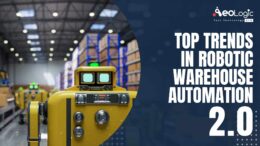The internet of things (IoT) is radically transforming and digitizing the world of retail. New technological achievements, such as object recognition or customer tracking with an embedded vision system, open up new opportunities for retailers to respond to customers’ wishes.
Internet of Things (IoT)
The Internet of things (IoT) is the intelligent connectivity of physical devices through the internet. Today IoT already enables our homes to be networked in a smart way. In a few years, traffic will flow on the roads autonomously and even entire cities will be connected through IoT technologies.
The Challenges in Retail
In this modern era, everything is expected to be done at a very fast pace and this expectation is from both the side that is business owners as well as customers.
Imagine you are a manager of a retail chain with 100 branches. Managing these branches will be a tough job. Things like managing the merchandise on the shelves to be always available in sufficient quantities and perfectly oriented. In addition, promotion should be presented in the most attractive way possible, and many more things
To guarantee this ideal concept today in 100 markets, you need a lot of personnel, which means enormous costs and there will be still no uniform results across all stores.
Need for IoT Solution In Retail
To overcome many of such challenges an internet of things (IoT) embedded solution should be a go-to solution for a retail manager. Such a system enables monitoring many things in a retail business, whether the shelves are filled optimally, the prices, and promotional campaigns are correct. Not to mention, IoT solution enables tracking the customers in the stores and how they interact with the shelves.
An IoT embedded solution also poses challenges to retailers. A critical aspect in the implementation of such a system is the interaction between software and hardware components.
Data-Driven From IoT is Beneficial For Retail Managers
Data is very crucial for every business, especially in today’s time. Today every single move made in every business is made before a detail analyzing the data. Hence it is important that the system architecture must be reliable, high-performance, and scalable to avoid reaching limits even. In addition, IoT solutions with all their sensors, generate large data volumes that also create challenges in terms of data transfer and data security.
Similarly, in retail before the manager sets up a new IoT system for his branches, he should be clear about which data he wants to receive and how it should be handled. Since the manager has opted for an IoT embedded vision system for the stores, there are now two options for data collection and processing:
- Either decentralized processing of data at the edge of the network
- or processing of data in the cloud.
Decentralized Processing Of Data At The Edge Of The Network
Let’s say the manager wants to know how many packets are left on the shelves. For this the picture of the shelf is not adequate; what is needed is the information from the picture, that is, the number of missing packets.
For this, the image from the camera must be processed and the required information extracted. Sending full images to the cloud would require a large network bandwidth and slows down the systems. It is more efficient to process the images at the edge of the network and send only the extracted information.
After the pre-processed information from all the 100 branches has been sent into the cloud platform, services running in the cloud are analyzing the information with big data algorithms according to the manager’s requirements.
Processing Of Data In The Cloud
After the pre-processed information from all the 100 branches has been sent into the cloud platform, services running in the cloud are analyzing the information with big data algorithms according to the manager’s requirements.
The data of the store is then visualized in the form of reports or dashboards. The managers get the analysis in real-time. This creates a data-based foundation for decision-making on how to optimize the customers’ shopping experience. However. Simple tasks for the branches, such as restocking, or orientation of the merchandise on a shelf can also be forwarded to the branch employees in an automated way.
Conclusion
To sum up, internet of things (IoT) technology is playing a game-changing technology in the field of the retail industry. The data-driven from the internet of things (IoT) is extremely beneficial and enables increasing the efficiency, effectiveness, and productivity of the business. Thus, it will be correct to state that having an IoT solution in retail will surely give a competitive advantage to the business owner.
Are you looking to implement internet of things (IoT) solution into your retail business? If yes so please feel free to contact us at support@aeologic.com






